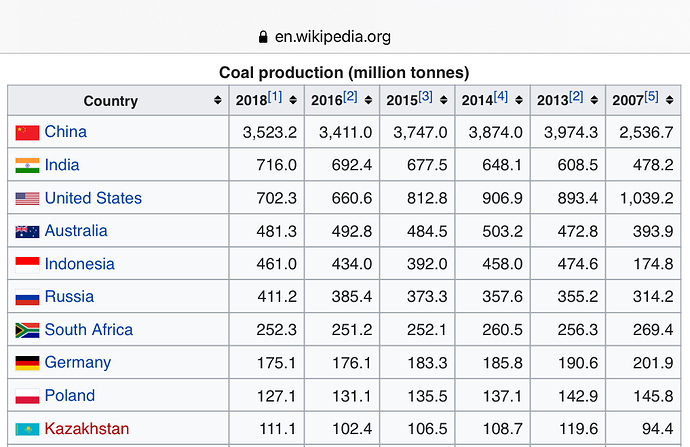That is correct and one of the reasons why the grid was expanded from local boards with one or two main generators. It is also why Australia and some other countries have been fortunate with reliable power…diversity of generation either in type or location.
The challenge is cost. Using the figures for the SA 100MW battery, to provide the same supply security over 2 days (assuming 660MW peak capacity is what is needed), the capital costs of a battery to meet similar input requirements would be about 10x that of the proposed gas turbine. This doesn’t consider design life (gas turbine would be 2-3 times that of a equivalent battery system) or operating costs (where batteries would be cheaper if there is excess energy available for battery storage).
Batteries are more suited to short term support (minutes to hours) rather than medium term support (day/days to weeks). While battery systems are technically possible, as a community we need to agree and accept substantial increase in network charges if this direction is taken. The recent claims of gold plating will pale into insignificance and the community and business needs to decide this is the best way forward.
This has more or less happened in a larger scale in Adelaide where diesel gensets support the network at times the government indicates the proposed gas turbine will.
Generally small scale generation is inefficient and currently doesn’t allow for sharing due to historical network configuration (no upstream flow). In effect it is creating micro-boards which need to rely on upstream support to maintain resilience and reliability.
A centralised storage system to manage deficiencies on the network makes sense and the government has chosen gas (and looks like the ALP also support gas, just not at the location nominated by the government). There are other solutions, some which are politically unacceptable, some expensive and some potentially easier to get through. It appears the government has decided on the later…it would be good if there was an impartial assessment of all possible options including advantages and disadvantages and costs, so the community can see what is available and why particular decisions are made.

